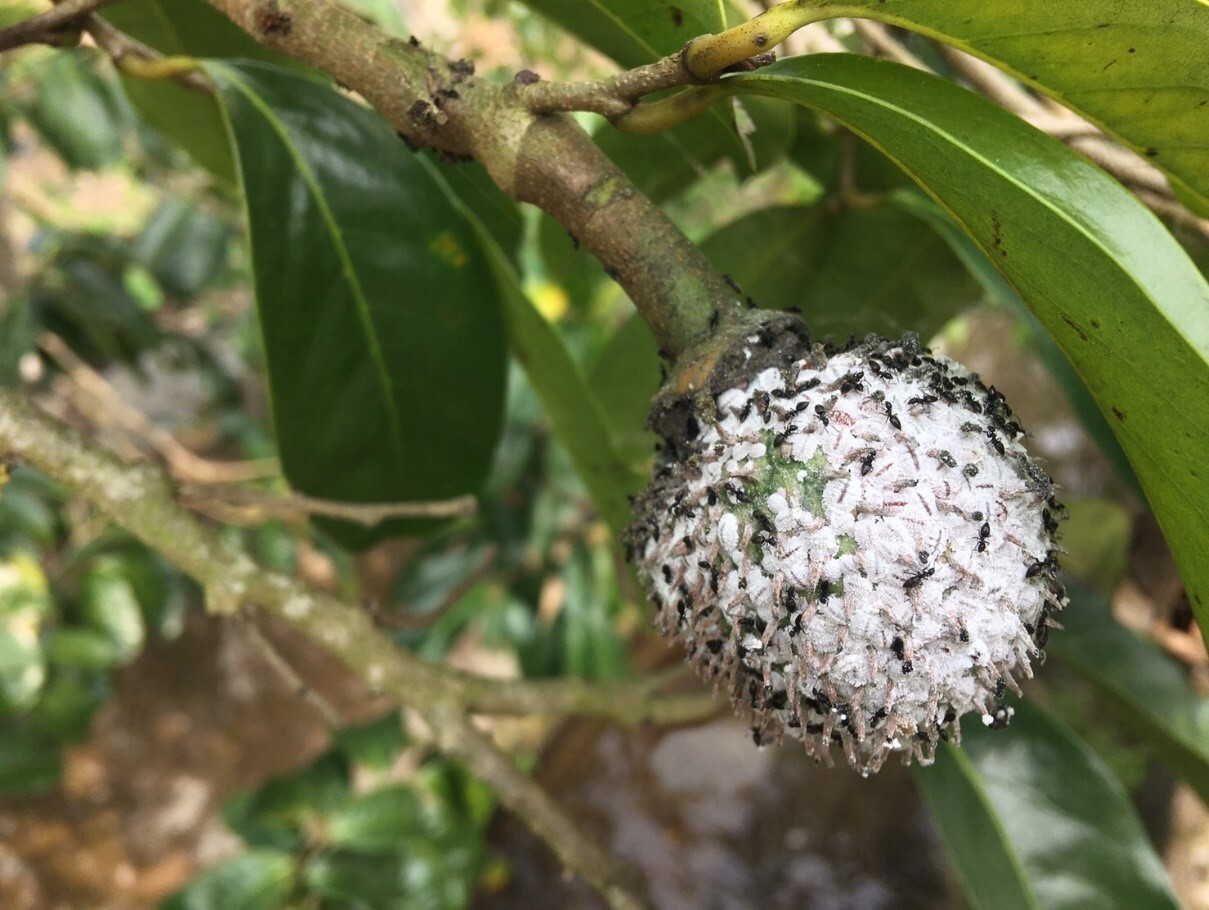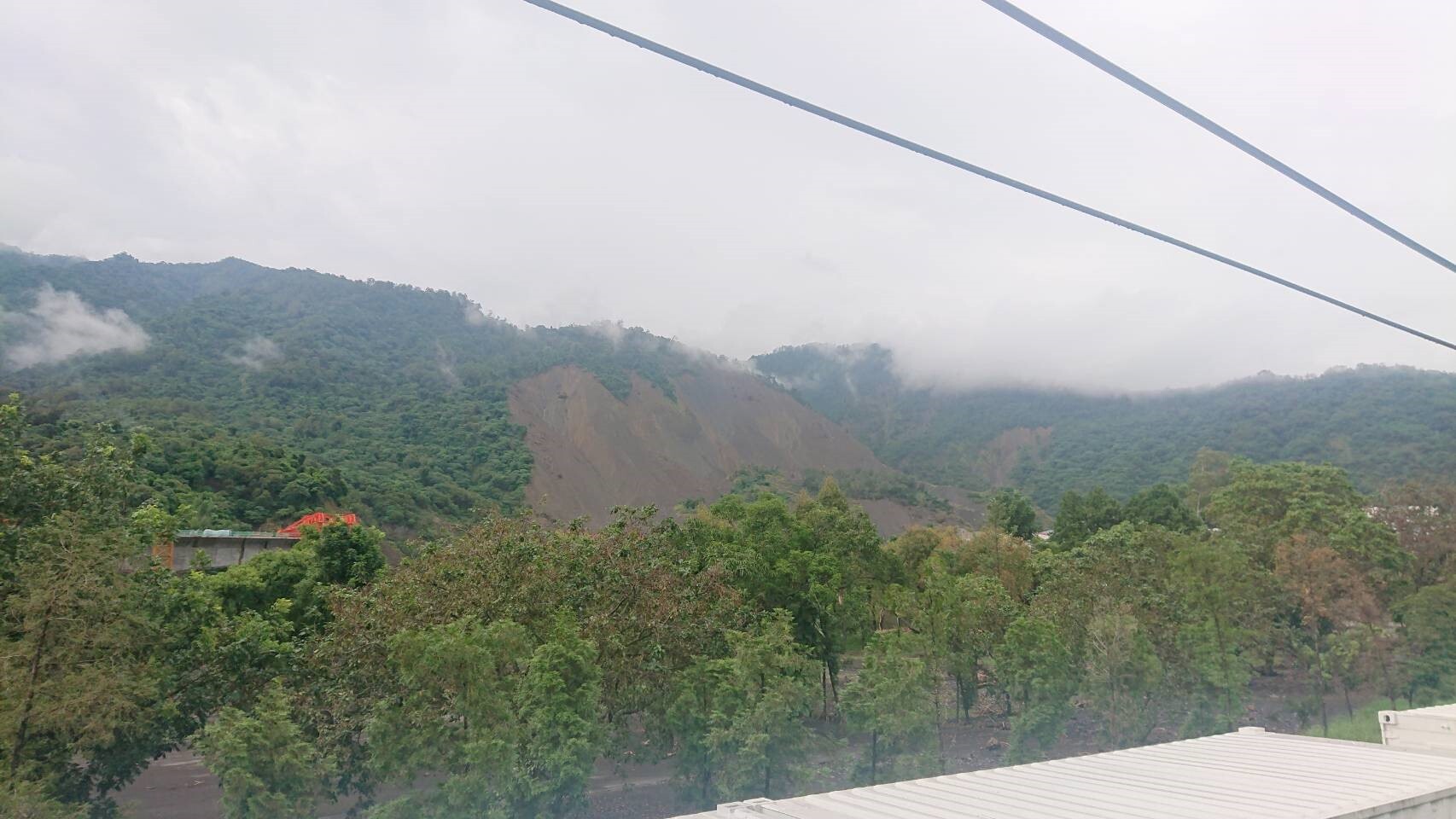SDG13.3.2 Climate Action Plan, shared
NCUE’s Research Centre for GIS and Disaster Prevention has a project named ‘Impacts of Climate Changes on Lowland Ecology and Lowland Ant Problems Due to Community Changes: Discussion and Solutions’, supported by the Ministry of Science and Technology. The research team visited lowland villages, such as Liugui and Meinong, and assisted residents to control exotic ant species. The team also examined the relationship between invasive species and habitat spatial changes caused by climate changes. The action guidelines for biological disaster ad-aptation under climate change could inform the local government’s decision-making process.

Climate change and warming caused the overgrowth of honey insects (Planococcus citri), worsening ant problems in lowland areas (above: Technomyrmex albipes and Planococcus citri).

The phenomena of natural landscape fragmentation, ecological loss, and habitat destruction caused by debris avalanches in Taiwan’s lowland areas due to extreme rainfall (above: col-lapsed slope in lowland areas).

